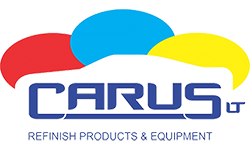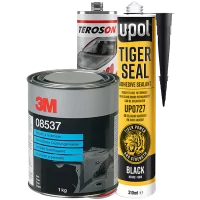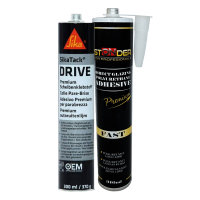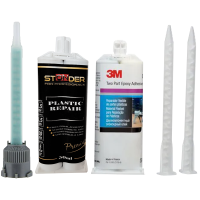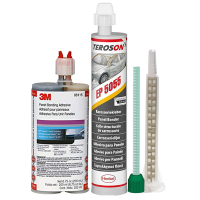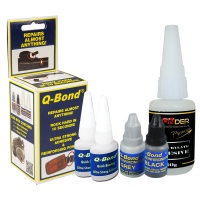ADHESIVES AND SEALANTS
GLUE FOR PLASTIC
STONDER plastic glue 24ml/30g, manual, 50sec
€4.63
€3.24
Tax Excl.
€4.63
€3.24
Tax Incl.
GLUE FOR METAL
STONDER 2K epoxy glue substitute for soldering iron 195ml
€19.01
Tax Excl.
€19.01
Tax Incl.
